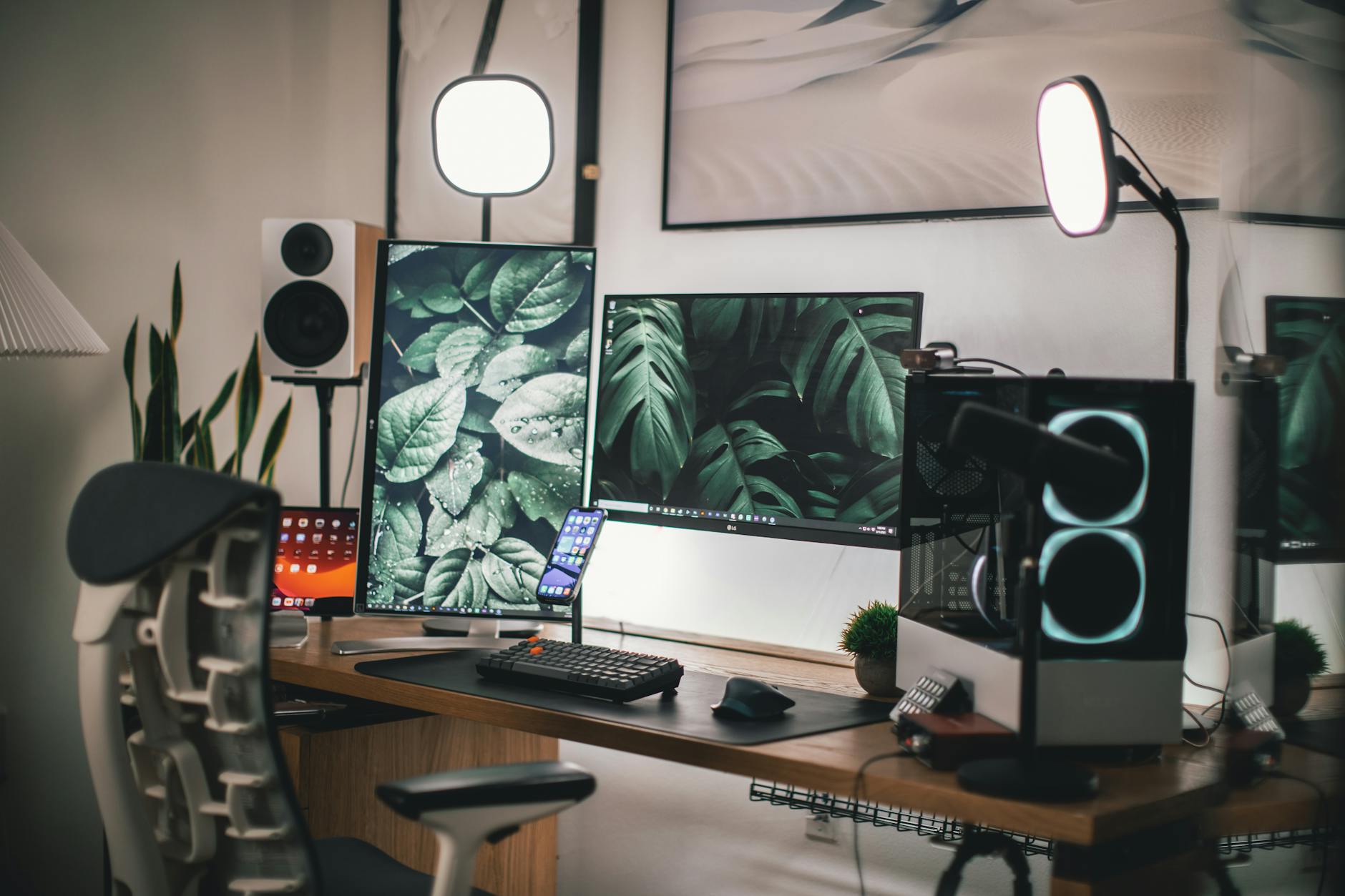In an era where our smartphones are practically extensions of ourselves, it’s no surprise that they’ve evolved beyond just communication devices. One of the most exciting advancements is their capability to transform into powerful game controllers, unlocking a new dimension for mobile and wireless gaming. This article will explore the burgeoning world of using your smartphone as a game controller, delving into the apps that make it possible and providing essential guides for a seamless wireless gaming experience. Whether you’re looking to elevate your mobile gaming sessions or play PC and console games on your TV with a familiar interface, the possibilities are vast and readily accessible.
The evolution of smartphone game controllers
The concept of using a mobile device as a controller isn’t entirely new, but its sophistication and widespread adoption have exploded in recent years. Early iterations often relied on basic Bluetooth connectivity for simple arcade-style games. However, advancements in mobile processing power, network speeds (especially with the rise of Wi-Fi 6 and 5G), and specialized app development have paved the way for a much richer experience. Today, your smartphone can emulate complex console controllers, stream high-fidelity games from PCs and consoles, and even offer unique touch-based control schemes that are impossible on traditional hardware. This evolution is driven by the desire for convenience, accessibility, and the ability to leverage the powerful computing already in our pockets.
Essential apps for smartphone control
To harness the power of your smartphone as a game controller, you’ll need the right software. Several excellent apps bridge the gap between your phone and your gaming device, offering varying levels of functionality. For PC gaming, apps like Steam Link and Moonlight are incredibly popular. Steam Link allows you to stream your Steam library directly to your phone, using it as a touch controller or connecting a physical gamepad. Moonlight, on the other hand, leverages NVIDIA GameStream technology to stream games from your PC to various devices, including smartphones, offering low latency and high-quality visuals. For console gaming, the official apps from PlayStation and Xbox provide remote play capabilities, allowing you to control your console and play games directly on your phone. Beyond these specific platforms, general-purpose apps like Unified Remote and Remote Mouse can also be configured for basic game control, though they are less ideal for complex titles. The key is to find an app that supports your specific gaming platform and offers the control customization you need.
Wireless gaming setups and best practices
Achieving a smooth and responsive wireless gaming experience hinges on a few key factors. Firstly, your network infrastructure is paramount. A stable and fast Wi-Fi connection is essential to minimize input lag and visual stuttering. If possible, use a 5GHz Wi-Fi network, which offers higher speeds and less interference than the 2.4GHz band. For PC streaming, a wired Ethernet connection to your host computer will always provide the most reliable performance. Secondly, consider the placement of your devices. Ensure your router is centrally located and free from obstructions. For console streaming to a TV, using your smartphone connected to the same local network, ideally via Wi-Fi, is crucial.
Here’s a quick look at some common wireless gaming scenarios:
| Scenario | Smartphone Role | Required Apps/Software | Key Considerations |
|---|---|---|---|
| PC game streaming | Controller and display | Steam Link, Moonlight, Parsec | Fast Wi-Fi, powerful PC, low latency |
| Console remote play | Controller and display | PlayStation App, Xbox App | Stable internet connection, console in standby mode |
| Mobile gaming enhancement | Customizable controls | Specific game integrations, third-party controller apps | Game compatibility, intuitive layout |
Finally, remember that not all games are equally suited for smartphone control. Fast-paced, reflex-intensive games like first-person shooters might still benefit from a dedicated gamepad for optimal precision. However, for RPGs, strategy games, puzzle games, and even many adventure titles, a well-configured smartphone controller can be remarkably effective and surprisingly immersive.
Optimizing your smartphone as a controller
To truly maximize your smartphone as a game controller, a bit of fine-tuning goes a long way. Most dedicated controller apps offer extensive customization options. You can often remap buttons, adjust analog stick sensitivity, and even create custom button layouts to suit your playstyle and the specific game you’re playing. Experimentation is key here; what works for one person might not work for another. Take the time to explore the settings within your chosen app and adjust them until you find a configuration that feels natural and responsive. For games that support it, consider using the gyroscope or accelerometer functions of your phone for unique control inputs, such as aiming or steering, which can add a new layer of interactivity. Moreover, ensure your smartphone’s battery is adequately charged or connected to a power source for longer gaming sessions, as the streaming and processing involved can be power-intensive.
Conclusion
The integration of smartphones into the gaming landscape as controllers is a testament to technological innovation and evolving consumer habits. We’ve explored how these devices, once limited to basic input, can now offer sophisticated control for a wide range of gaming experiences, from PC streaming with apps like Steam Link and Moonlight to console remote play via official platform applications. The key to a successful wireless gaming setup lies in a robust network connection, optimal device placement, and the judicious use of specialized apps. Furthermore, the ability to customize button layouts and control sensitivities empowers players to tailor their experience for maximum comfort and responsiveness. While traditional gamepads still hold their ground for certain genres, the convenience, accessibility, and growing capabilities of smartphone controllers are undeniably reshaping how and where we play. Embrace this evolution, and you’ll unlock a world of flexible and engaging gaming possibilities right at your fingertips.
Image by: Athena Sandrini
https://www.pexels.com/@athena


